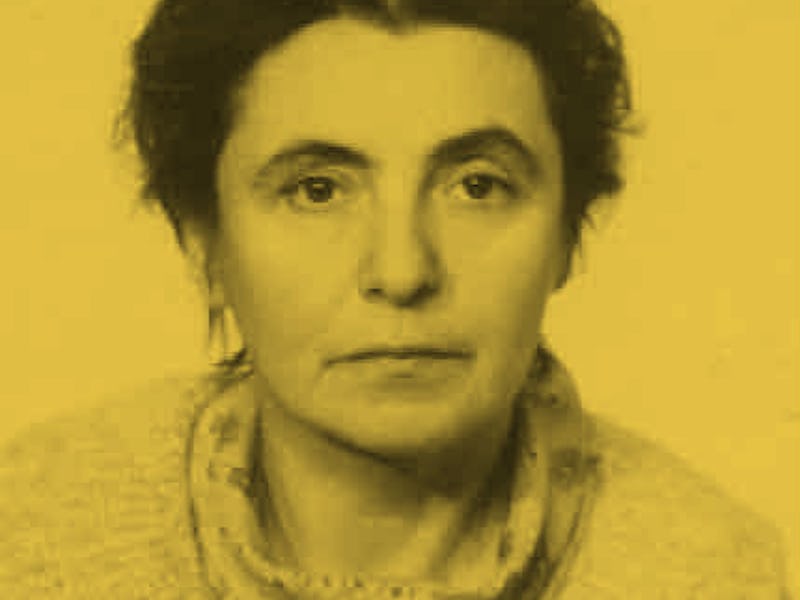Google Doodle Honors Olga Ladyzhenskaya, Russia's Defiant Mathematician
'If you believe your weather forecast, you have to solve the exact equations that she studied.''

Thursday would have been the 97th birthday of Olga Ladyzhenskaya, the Russian mathematician whose work still informs weather forecasting, aerodynamics, and even cardiovascular science. To celebrate the life and accomplishments of the famed mathematician, who died in 2004 at the age of 81, Google honored her with a front page Doodle.
Born in the town of Kologriv in the Soviet Union in 1922 to a mathematician father named Aleksandr Ladyzhenskii, she was drawn to numbers from an early age. But even though her father may have inspired her academic pursuits, his political status in the Soviet Union ended up hampering her education. Nonetheless, she found a way to overcome the obstacles in her path. In Ladyzhenskaya’s decades-long career, she built the foundation for mathematic formulas that persist to this day.
In 1937, when Olga was just 15 years old, her father was arrested by Stalinist authorities upon suspicion of being an “enemy of the state.” While it’s not clear when he died, historians suspect he was killed in the custody of the People’s Commissariat for Internal Affairs (NKVD, the precursor to the KGB), either tortured to death or executed without trial. His death was part of a massive sweep of hundreds of teachers, physicians, and other public intellectuals by Soviet authorities. Almost all of them were later exonerated.
Her father’s status as an enemy of the state was cemented. When she graduated with honors from secondary school in 1939, she applied to Leningrad State University but was rejected for her father’s alleged crimes. Shortly after, she was accepted to Pokrovski Teachers’ Training College. She reportedly talked her way in before her application documents had been transferred from Leningrad State University.
After her undergraduate work, Ladyzhenskaya pursued graduate studies in mathematics, going on to receive a doctorate from Leningrad State University, then another from Moscow State in 1953. From there, in 1954, she became a member of the Steklov Mathematical Institute of the USSR Academy of Sciences.
This is when her most influential work began, including her work on fluid dynamics.
The Navier-Stokes equations, a set of 19th-century equations that describe the movements of fluids, occupied much of her attention from 1961 onward, and she published several solutions and analyses of the mathematics that help describe the properties of viscous fluids. Her work helped refine meteorology, as the equations can be used to describe the motion of clouds and weather patterns. It’s also been fundamental in cardiovascular medicine, helping doctors describe the motion of blood.
Upon her death in 2004, the University of Wisconsin mathematician Marshall Slemrod told The New York Times that Ladyzhenskaya was the Russian counterpart to John Nash, the real-life mathematician who inspired A Beautiful Mind. Nash, like Ladyzhenskaya, studied partial differential equations.
“She was perhaps the premier worker on the Russian side,” Slemrod said. “If you believe your weather forecast, you have to solve the exact equations that she studied.”